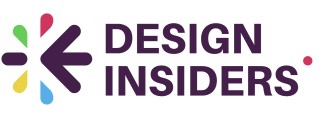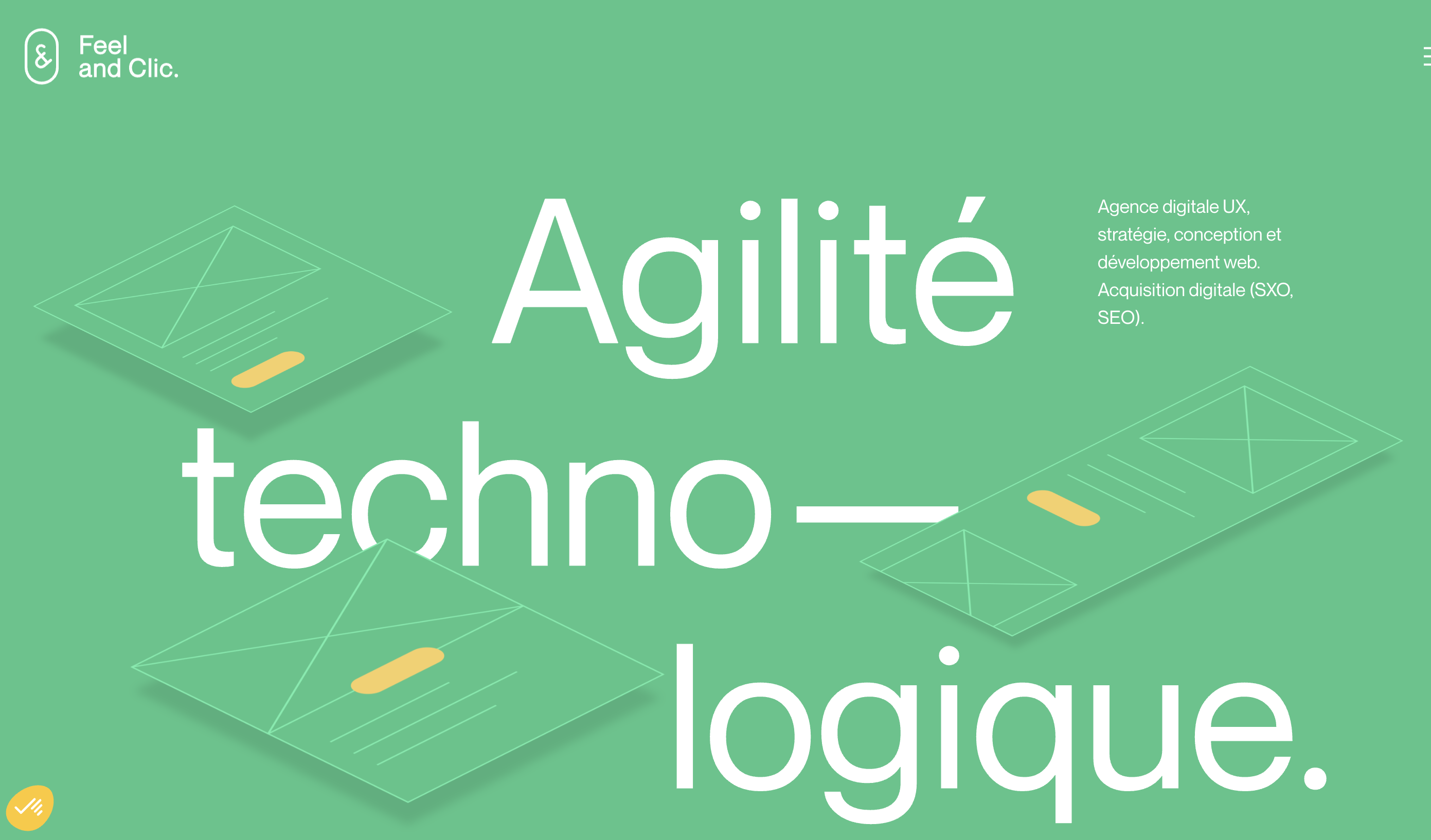Understanding User Feedback in Design
Decoding the Importance of User Feedback
Understanding user feedback is crucial in the design world, acting as a bridge between the designer's vision and the user's needs. Feedback, or retroaction, serves as a guiding light, illuminating the path toward creating designs that resonate with users. In the current digital age, where devices and applications are ever-evolving, user feedback is not just a luxury but a necessity.
Why User Feedback Matters
User feedback helps in refining the design process by providing insights into what works and what doesn't. This feedback can be compared to a medicament that helps cure the ailments of a flawed design. It enables designers to make informed decisions, ensuring that the end product is user-centric and effective. In a world where device comprises various functionalities, understanding how users interact with these features is vital.
The Role of Feedback in Design
Feedback provides a base for improvement, allowing designers to tweak their designs based on real-world usage. This is akin to a plunger rod in a medicament delivery device, which ensures the accurate delivery of medicine. Similarly, feedback ensures that the design meets the user's expectations and requirements. This processus of collecting and analyzing feedback is fundamental in creating designs that are not only functional but also intuitive.
For those interested in exploring how to effectively gather and analyze this crucial information, consider unlocking the magic of UX co-creation workshops, which can provide deeper insights into user needs and preferences.
Methods for Collecting User Feedback
Effective Strategies for Gathering Valuable User Feedback
Collecting user feedback is a crucial step in refining design processes and enhancing user experience. Various methods can be employed to gather insights that are both practical and actionable. Here are some effective strategies to consider:
- Surveys and Questionnaires: These are classic tools for collecting quantitative data. They allow designers to reach a large audience quickly and gather structured responses that can be easily analyzed.
- User Interviews: Conducting interviews provides in-depth qualitative insights. This method allows designers to explore users' thoughts and feelings, offering a deeper understanding of their experiences with the product.
- Focus Groups: Bringing together a group of users to discuss their experiences can reveal diverse perspectives. This method encourages interaction and can uncover issues that may not surface in one-on-one interviews.
- Usability Testing: Observing users as they interact with a product can highlight usability issues. This method helps identify critical current problems and areas for improvement in real-time.
- Feedback Widgets: Incorporating feedback widgets on your site web allows users to provide immediate feedback. This method is particularly useful for capturing retroaction utilisateur during the actual use of a product.
Each of these methods offers unique insights, and the choice of method should be based on the specific goals of the feedback collection process. For more on how to effectively implement these strategies, consider exploring unlocking the magic of UX co-creation workshops.
Analyzing Feedback for Actionable Insights
Transforming Feedback into Actionable Insights
Analyzing user feedback effectively is crucial for transforming raw data into actionable insights. This process requires a structured approach to ensure that feedback is not only heard but also utilized in a meaningful way. By understanding the nuances of user feedback, designers can refine their designs to better meet user needs and expectations.
Organizing and Categorizing Feedback
To begin, it's essential to categorize feedback based on themes or issues. This helps in identifying patterns and recurring concerns. For instance, if multiple users highlight issues with a device's interface, it indicates a potential area for improvement. Utilizing tools like spreadsheets or specialized software can aid in organizing this information efficiently.
Prioritizing Feedback
Not all feedback is created equal. It's important to prioritize feedback based on its impact on the user experience and the feasibility of implementation. Feedback that addresses critical issues or enhances the capacite retroaction of a dispositif administration should take precedence. This prioritization ensures that resources are allocated effectively, improving the overall design process.
Integrating Feedback into Design
Once feedback is categorized and prioritized, the next step is integration. This involves incorporating the insights gained into the design process. For example, if feedback suggests that a medicament delivery device is difficult to use, designers might consider revising the plunger rod mechanism to enhance usability. This iterative process is key to refining designs and ensuring they meet user expectations.
Leveraging Technology for Deeper Insights
Advanced technologies such as data analytics and machine learning can further enhance the analysis of user feedback. These technologies can identify subtle patterns and correlations that might be missed by manual analysis. By leveraging these tools, designers can gain a deeper understanding of user needs and preferences, ultimately leading to more informed design decisions.
For a comprehensive understanding of how to enhance your design game through usability testing, explore our detailed guide on mastering usability testing.
Incorporating Feedback into the Design Process
Integrating Feedback into Design Iterations
Incorporating user feedback into the design process is crucial for creating products that truly resonate with users. The first step is to ensure that the feedback is well-organized and accessible. This involves categorizing the feedback based on its relevance to different aspects of the design, such as usability, aesthetics, or functionality.
Prioritizing Feedback for Implementation
Once feedback is organized, it’s essential to determine which insights are actionable and align with the project’s goals. Not all feedback will be equally valuable or feasible to implement. Consider factors such as the critical current issues users face, the capacity for feedback integration, and the resources available for making changes.
Design Adjustments and Testing
After prioritizing, incorporate the feedback into the design adjustments. This might involve modifying the user interface, enhancing the functionality of a device, or improving the delivery device for better user interaction. Testing these changes with a small group of users can provide additional insights and help refine the design further.
Documenting the Process
Throughout this process, it’s important to document the changes made and the rationale behind them. This documentation can serve as a valuable resource for future projects and help in understanding the impact of user feedback on the design. It also ensures that the process remains transparent and accountable.
Continuous Feedback Loop
Finally, establishing a continuous feedback loop is vital. Regularly updating the design based on new feedback ensures that the product evolves with user needs and remains relevant in a rapidly changing market. This iterative approach not only enhances the user experience but also strengthens the relationship between the designer and the user.
Overcoming Challenges with User Feedback
Addressing Common Hurdles in User Feedback
Incorporating user feedback into the design process is crucial for creating exceptional products. However, it comes with its own set of challenges. Understanding these obstacles can help in devising effective methods to overcome them.
Filtering Noise from Valuable Insights
One of the primary challenges is distinguishing between valuable insights and noise. Not all feedback is actionable, and some may not align with the project's objectives. To address this, employ a structured method for categorizing feedback based on relevance and feasibility. This process, akin to a patent office evaluating applications, requires meticulous attention to detail.
Balancing User Needs and Design Vision
Another challenge lies in balancing user needs with the design vision. While user feedback is essential, it should not completely dictate the design direction. Designers must weigh user input against the project's goals and the overall user experience. This balance ensures that the design remains innovative while still being user-centric.
Managing Diverse User Opinions
User feedback can vary significantly, with diverse opinions sometimes leading to conflicting suggestions. It's crucial to have a processus in place for evaluating and prioritizing feedback. This could involve a scoring system or a decision matrix, helping to determine which suggestions align best with the design objectives.
Ensuring Effective Communication
Communication is key when integrating user feedback. Designers must clearly communicate how feedback has influenced the design changes. This transparency builds trust with users and encourages continued engagement. A well-documented description of changes, similar to a european patent application, can serve as a reference for both designers and users.
Overcoming Technical Limitations
Technical limitations can also pose challenges when implementing user feedback. Sometimes, the current technology or resources may not support the desired changes. In such cases, it's important to explore alternative solutions or plan for future updates. Utilizing a dispositif administration approach, where feedback is integrated into the design over time, can be effective.
By understanding and addressing these challenges, designers can effectively harness user feedback to create products that not only meet user expectations but also push the boundaries of design innovation.
Case Studies: Success Stories with User Feedback
Real-World Examples of Feedback-Driven Design Success
Incorporating user feedback into the design process can lead to remarkable outcomes. Here are a few case studies that illustrate how organizations have harnessed the power of feedback to enhance their products and services.
Case Study 1: Revolutionizing Medicament Delivery Devices
A leading pharmaceutical company sought to improve its medicament delivery devices. By gathering retroaction utilisateur through surveys and interviews, they identified critical pain points with the current design. Users reported difficulties with the plunger rod and the medicament container, which affected the device's ease of use.
Based on this feedback, the company filed a european patent for a new device that comprises a more intuitive design. The updated device not only improved user satisfaction but also increased the company’s market share in several contracting states. This demonstrates the value of integrating user feedback into the design process.
Case Study 2: Enhancing a Web-Based Application
A tech company focused on a site web offering a free service for time management. They utilized a method of continuous feedback collection through a feedback button embedded in their application. Users were encouraged to share their experiences and suggestions.
The feedback revealed that the current interface was not intuitive, leading to a high rate of user abandonment. By analyzing this feedback, the design team was able to determine the necessary changes to enhance user engagement. The process led to a significant reduction in user churn and increased the application's adoption rate.
Case Study 3: Improving a Computer Science Educational Tool
An educational startup aimed to enhance its computer science learning platform. By employing a processus of user feedback collection through focus groups and usability tests, they identified that the description of coding exercises was unclear, affecting the learning experience.
Incorporating this feedback, the team redesigned the interface and improved the clarity of exercise instructions. The updated platform received positive feedback from users, who reported a better understanding of the content and increased motivation to learn.
These case studies highlight the transformative potential of user feedback. By effectively collecting and analyzing feedback, organizations can make informed design decisions that lead to improved user experiences and business success.









